How to effectively deal with a leaf roll at a summer cottage?
The leafworm is a member of the Lepidoptera family. In nature, it is represented by many varieties. Some of them are quite harmless, while others are considered malicious pests. The butterflies themselves are garden safe. The gluttonous caterpillars of the leafworm harm the plantings, destroying the leaves, buds, and fruits of plants. Summer residents should know the enemy by sight and have an idea of how to deal with it. We must not forget about preventive measures.
Malicious leafworm species
Almost 70 species of leaf rollers live in the European territory of Russia. However, not all of them attack cultivated plants. The main danger in the garden is represented by the following types of leaf rollers:
- rose-colored;
- fruit;
- grape;
- mesh;
- subcrustal;
- grape;
- currant;
- hawthorn.
But representatives of gray larch, green oak, spruce and cone leaf rollers cause irreparable harm to forestry, destroying needles, cones and the seeds they contain, and tree leaves.
Description of the pest
The appearance of the leafworm butterfly is more than modest. It is a nondescript moth with a maximum wingspan of 30 mm. There are also much smaller individuals. The color of the wings can be yellow, brown, variegated. The thickened body of butterflies is covered with villi.
The camouflage coloring helps the leaf rollers to remain invisible against the backdrop of greenery. Folded at rest, the wings of a butterfly resemble a bowl in shape.
Adult insects live for a very short time, some species - less than a week. Butterflies are most active in the morning and evening hours. The species found in the northern regions fly among the plants all day long.
Typically, leaf rollers make massive attacks on the garden and quickly damage a significant part of the plantings. You can detect their presence on your site by the leaves rolled into a tube, wrapped in cobwebs. In each such shelter a caterpillar lurked, emerging from an egg laid by a leafworm butterfly. It is for the ability to twist leaves that the pest got its name.
If the leafworm caterpillar feels threatened, it slips out of its hiding place and hangs on the cobweb.
Young larvae choose mainly buds, buds and tops of young shoots for their nutrition. Older caterpillars feed mainly on leaves. It is difficult to give a single description of the leaf roll larvae: the representatives of each species look different. Their size generally does not exceed 20 mm. The body can be translucent. The larva is colored dark green, grayish, yellow, white or red.
Where do leafworm pupae live?
Leafworms reproduce especially actively in high humidity and moderately warm weather. In the middle lane, insects can hibernate in the stage of eggs and larvae, which are in a state of diapause - due to this, in winter they are able to withstand severe frosts (down to -40 ° C). Larvae pupate in various secluded corners:
- in the plant litter;
- on the leaves of the plant;
- in the upper layers of the soil;
- in the crevices of the bark in the tree.
Here the pupae remain for the winter. In the northern regions of Russia, leaf rollers produce one generation of their own kind per season. Under unfavorable external conditions, the diapause of the pest can be delayed up to 2-3 years. In the Moscow region, insects reproduce twice a year, and in more southern regions - 3-4 times.
3-4 days after emerging from the pupa, butterflies begin mass years. This happens in April or May (depending on the weather). Insects immediately start mating and lay eggs on the same day. Clutches appear on leaves, inflorescences, bark of favorite plants. During the season, one butterfly is capable of laying from 400 to 800 dark-colored eggs.
After 2 weeks, voracious caterpillars hatch, pupating at the end of June. After another 2 weeks, each cocoon releases butterflies ready for immediate fertilization, and the breeding cycle repeats. The second generation of larvae appears at the end of summer, soon pupates and falls into a state of diapause before the onset of spring heat.
Pest control measures
In the garden, the leaf roll is capable of destroying up to 30% of the foliage on currants, roses, grapes, apple trees and other fruit trees and shrubs, which is already a critical threshold. The quantity and quality of the crop is significantly reduced. With such an extensive damage to the foliage, the fight against the leafworm begins immediately.
- Even if a small number of larvae have been seen in the garden, it is necessary to thoroughly clean up, collecting all the fallen leaves. This will help destroy overwintered insect eggs and pupae. The collected leaves must be burned, and the soil in the tree-trunk circles is dug deeply, removing all the weeds along the way.
- Leaves twisted into a tube are cut off from the affected trees and bushes - the larvae lurking in a kind of "house" must be destroyed. If the leaves, along with the caterpillars, are simply thrown outside the site, the insects will complete their development cycle and return already in the form of adults, that is, butterflies.
- Trapping belts are installed on tree trunks and from time to time they are revised.
Application of chemical insecticides
Branches of trees and shrubs are regularly examined to detect twisted leaves and pest clutches. If more than 5 caterpillars are found simultaneously on one branch, this indicates a strong infection and requires the use of chemicals.
The following drugs help fight the leafworm:
- "Avant" - insecticide in the form of a suspension. It has a detrimental effect on eggs and larvae of leaf rollers at all stages of development. Does not have a toxic effect on humans and animals. Can be used at the fruiting stage. Recommended for use twice per season. It is consumed in the amount of 30–40 ml for processing a plot of 10 acres.
- "Calypso" - Proven contact action systemic insecticide. Safe for the environment, not washed off by precipitation. Aphids and other sucking pests also die from the drug. The working solution for destroying the leafworm is prepared from 2 ml of the drug per 5 liters of water. This amount is enough to process 10 acres.
- "Fastak" - fast-acting pyrethroid-based insecticide. Effective against gnawing and sucking insects. It has a contact-intestinal effect. Dosage - 10 ml of the drug per 20 liters of water for processing 10 acres.
- Fitoverm - a biological product based on aversectin C. Treatment is carried out at dusk due to the rapid loss of the properties of the insecticide in the light. For 20 liters of water, 20 ml of the drug is consumed. Can be used in tank mixes.
- "Confidor" - a systemic drug with a wide spectrum of action. Provides long lasting protection. The maximum effect is achieved on the 3-5th day after treatment. The product is safe for humans and animals, it is not addictive to pests. Processing is carried out no later than 3 weeks before harvest. For spraying 10 acres, 2 ml of the drug diluted in 20 liters of water will be required.
In addition to these insecticides, you can also use drugs such as "Ditox", "Dimilin", "Iskra Zolotaya", "Tanrek", "Zubr", "Lepidocid", "Ivanhoe", "Kinmiks" other.
It is necessary to take into account the individual characteristics of insecticides.For example, pyrethroid-based products are used at temperatures no higher than + 23 ° C, otherwise their effectiveness is lost.
During processing, use a respirator, protective gloves and goggles, a long-sleeved gown. It is better to give preference to drugs of systemic action that destroy egg-laying and pests at the larval stage. In this case, it will be possible to avoid the appearance of a second generation of insects that can attack the crop.
Folk remedies
With a small number of pests, it is permissible to use folk control measures, using infusions and decoctions on a plant basis. These funds are completely safe, but at the same time scare away the leaf roll.
Suitable for use:
- Infusion of tobacco. Tobacco dust in an amount of 0.5 kg is poured into a bucket of boiling water and allowed to brew for 2 days. After filtration, the infusion is diluted with the same amount of water and 20 liters of working solution are obtained. Here you need to add 60–80 g of soap shavings and stir thoroughly.
- Infusion of potato tops. You will need 4 kg of raw materials per 10 liters of water. The tops are pre-crushed. The tool should be infused for 3-4 hours. After that, it is filtered, 40 g of laundry soap is added and used for spraying. You can replace potato stalks with tomato tops, you will need it 2 times less.
- Wormwood decoction. The bucket is half filled with fresh grass, the remaining volume will be occupied by the water poured here. The composition should be infused for 2 days. After that, the infusion is brought to a boil, boiled for about half an hour, cooled and filtered. Pour in clean water, bringing the volume to 20 liters.
It is necessary to spray trees and bushes 2-3 times with a break a week. You can alternate the compositions with each other. Processing is carried out on a dry cloudy day or early in the morning. In case of precipitation, spraying will need to be repeated.
Preventive actions
In order to get rid of the leafworm or significantly reduce its number, it is worth taking advantage of the cold season:
- In autumn they collect completely leaf litter, dig up the ground around shrubs and trees. All collected garbage is incinerated.
- In winter the site should also not be ignored. During this period, it is necessary to clean the tree trunks from dead bark, overgrown moss and lichens, since it is these places that are often used by the pest to place the masonry. Without shelter, the eggs will freeze, which will save the garden from the appearance of new insects.
- Annually in spring tree stems are treated with milk of lime. This measure will help get rid of pests hibernating in the folds of the bark.
Sanitary pruning is carried out regularly, removing all diseased and dried branches, preventing the crown from thickening.
Birds help to rid the garden of the leafworm. In summer, to attract them, feeders are hung with a small amount of food. In winter, you can hang slices of bacon, which titmice love so much, from the trees. At the same time, the birds will seek out and peck at pests lurking in the bark.
Due to the high harmfulness of the leaf roll, its appearance on the site cannot be ignored. It is imperative to remove the affected leaves along with the caterpillars, and then treat the plantings with insecticides or folk remedies. Regular preventive measures will not allow the leaf roll to cause serious damage to cultivated plants.
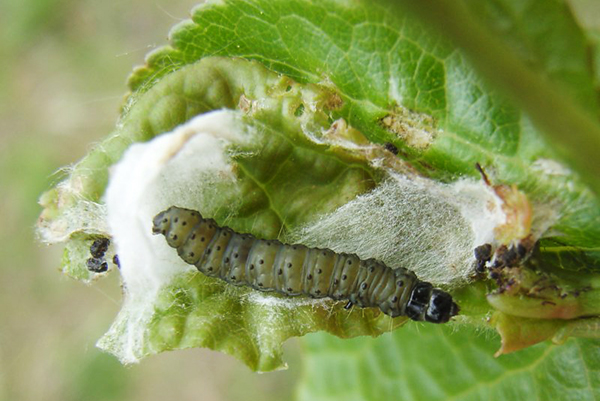
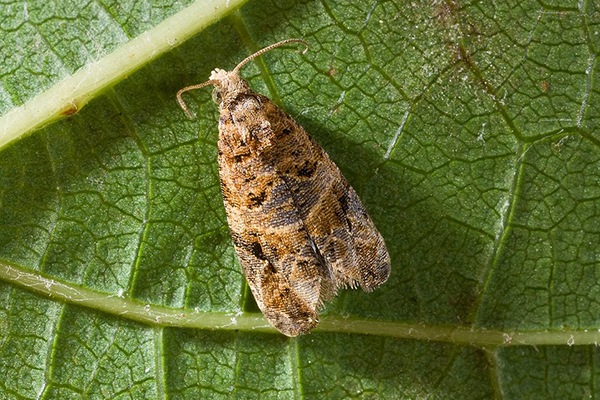

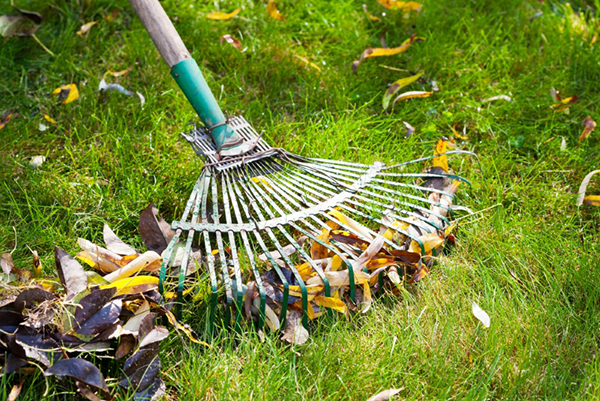
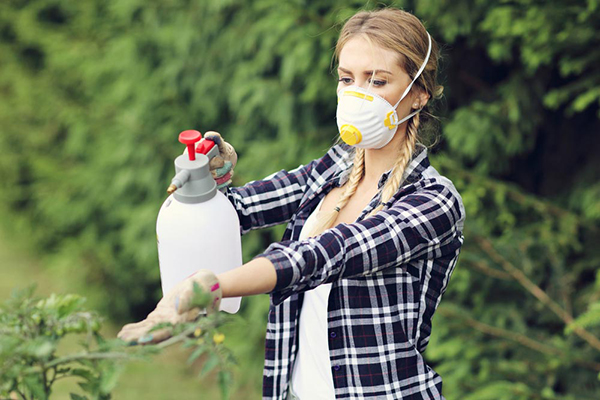
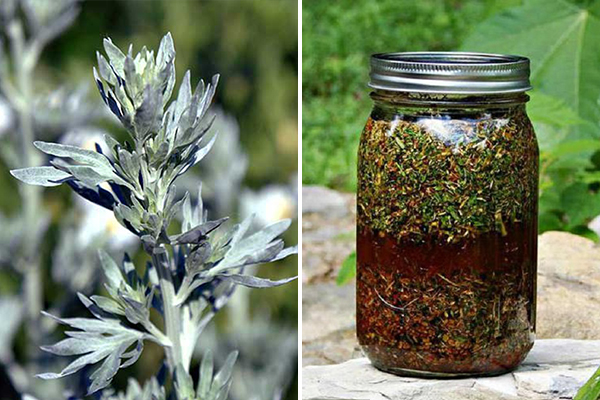
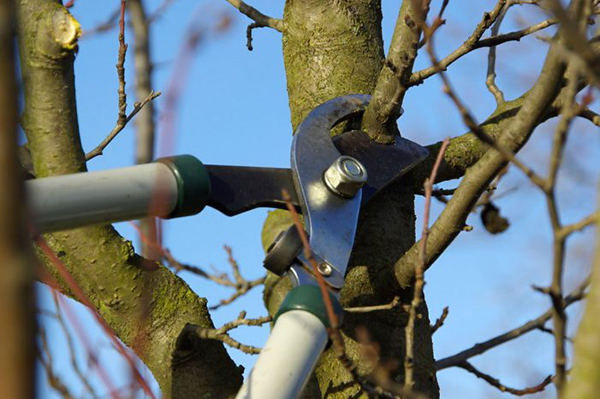
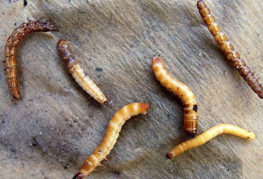

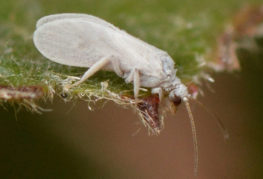
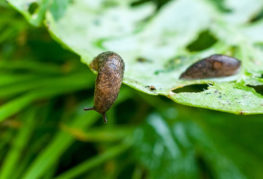

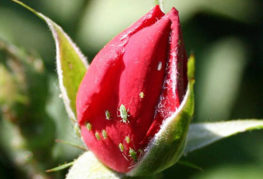
and will be published shortly.